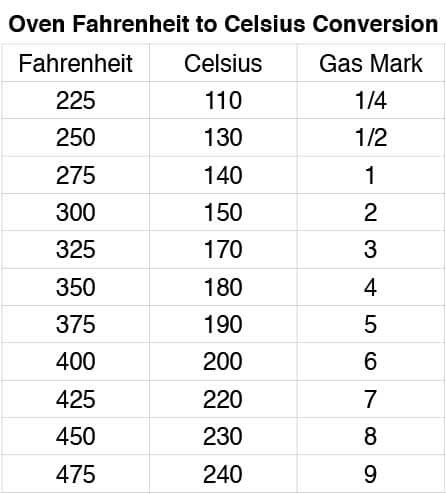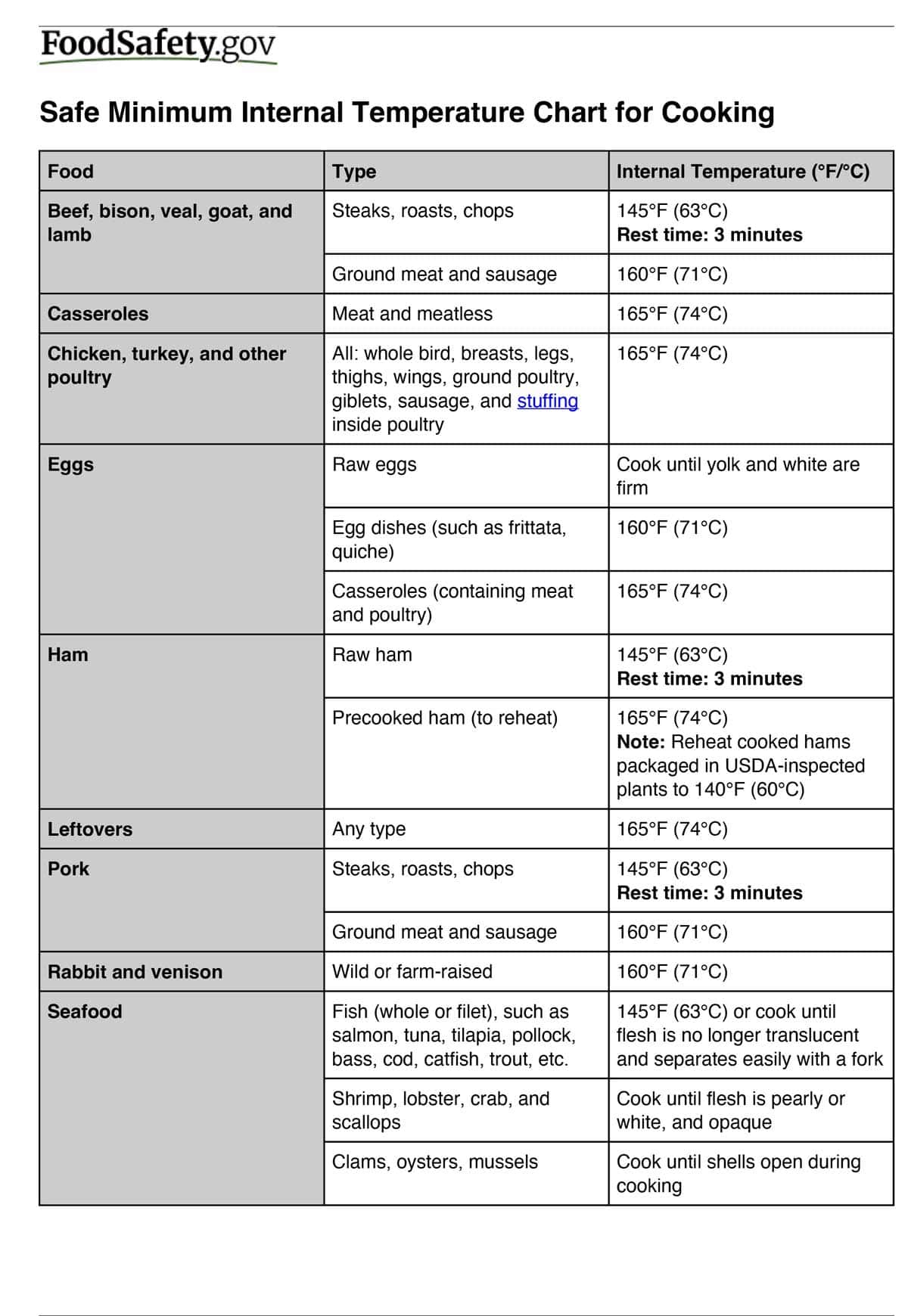This page is to help with some of the confusion and issues you may have with common questions around here.

Jump To (scroll for more)
For handy food substitution suggestions, storage, and other reference information, please see:
Have a site/business question? See Business Information.

What is 7:2:2 and 7:2:1
This is an easy seasoning that I use all the time. I found myself constantly using about the same ratios of salt, pepper, and garlic powder. Then I went to a cooking school and found I was right. They used the same ratio and kept it in a shaker.
It is 7 parts Diamond Crystal kosher salt, 2 parts coarse ground pepper, and 2 part granular garlic powder. I keep it premixed in a shaker. For more information, see All Purpose Seasoning - 7:2:1 and 7:2:2.
Please note that Diamond Crystal salt is not the same as Mortons. If you use Morton Kosher salt, use 4 parts of salt instead of 7 parts.
If you don't want to bother with this and a recipe calls for it. Just use salt and pepper to taste. Add a little garlic powder to taste also if you want.
Abbreviations
Abbreviations I commonly use:
t=tsp=teaspoon
T=tbsp=tablespoon (3t = 1 T)
What is the Maillard Reaction
A Maillard reaction is the scientific name for the browning that occurs with lots of food with cooking. It adds lots of flavors and is sought after in many cooking methods.
You will see me use this in many recipes on this site, and it is the feature of all of my “pan-seared then oven-roasted” recipes. But it enhances the final results in baking, roasting, and grilling.
Technically, it is a chemical reaction that ends with reducing sugar attached to a protein or peptide. Usually, this is promoted by heat, adding new aromas and flavors to your foods.
Caramelization may also cause browning in the same foods where the Maillard reaction occurs, but the two processes are different. Both are promoted by heating, but unlike the Maillard reaction, which involves proteins, caramelization is the breakdown of certain sugars with heat. Think of caramel candies or peanut brittle.
Salt Questions—all salt is not the same.
This is not low sodium or even a health food blog. But a few general comments.
Most recipes will still taste pretty good, even with the salt cut in half. The exception is baked goods, where you can usually cut it down a bit, but even that is more noticeable.
All recipes on this blog have nutritional estimates. With salt, if it says "salt," it is table salt. If it says Kosher salt, it will be Diamond Crystal Kosher salt or the equivalent of Morton Kosher salt.
If the recipe says "to taste" for the amount of salt, it is my estimate of average usage.
1 teaspoon table salt = 1 ¼ teaspoon Morton kosher salt = 2 teaspoons Diamond Crystal kosher salt
If a recipe calls for Kosher or coarse salt, it uses Diamond Crystal as a reference. I usually buy Diamond Crystal, but Morton is more common.
Also, things like sea salt are usually in the Morton salt range.
But since salt is mostly to taste, use what you want.
The 10-Minute Rule for Cooking Any Fish
So, can you cook fish recipes with different fish varieties? Generally, yes. Here are some guidelines for cooking other fish in most recipes.
- Measure the fish at its thickest point. If the fish is stuffed or rolled, measure it after stuffing or rolling and then time it accordingly.
- Cook fish for 10 minutes per inch, turning it halfway through the cooking time. For example, a one-inch fish steak should be cooked for 5 minutes on each side for a total of 10 minutes. Pieces of fish less than ½-inch thick do not need to be turned over.
- Add 5 minutes to the total cooking time if you are cooking the fish in aluminum foil or if the fish is cooked in a sauce.
- Double the cooking time for frozen fish that has not been defrosted.
Originally published in the “Canadian Fish Cook Book” 1959 by the Canadian Department of Fisheries, the 10-minute rule is not perfect, but it is very good. It works for any cooking method – frying, baking, and sautéing.
Let’s thank our Canadian neighbors.
What is fish done cooking?
Cook fish to an internal temperature of 145° in the thickest part, according to the USDA. Check the temperature with an instant-read thermometer. Also, it should flake easily with a fork. Always check the fish a minute or two early.
About Ovens and Oven Temperatures
All Temperatures used on this site are Fahrenheit. Conversion is provided in the chart below.
What is a convection oven?
Standard ovens (conventional ovens) cook by heating the walls and the air in an oven. However, there is an "envelope" of cool air around the food that takes a while to penetrate.
A convection oven uses a fan to move the air around, allowing the food to cook quicker and more evenly. Nice if you have it, but not required.
If you don't have convection, usually add 25° for a conventional oven or add a few minutes to the cooking time instead. Remember you are cooking to a final temperature, usually NOT A TIME.
Baking: Don't play with the temperature of things like cookies and cake.

Other Pages Packed with Information
The Recipes - Why Not For Two Servings?
Food Safety
Remember food safety. Check out the USDA Food Safety recommendations. If you are serving chicken, see Chicken: To Rinse or Not to Rinse?.

Please email me if you have any questions or comments. The current contact information link is in the footer of all pages.


